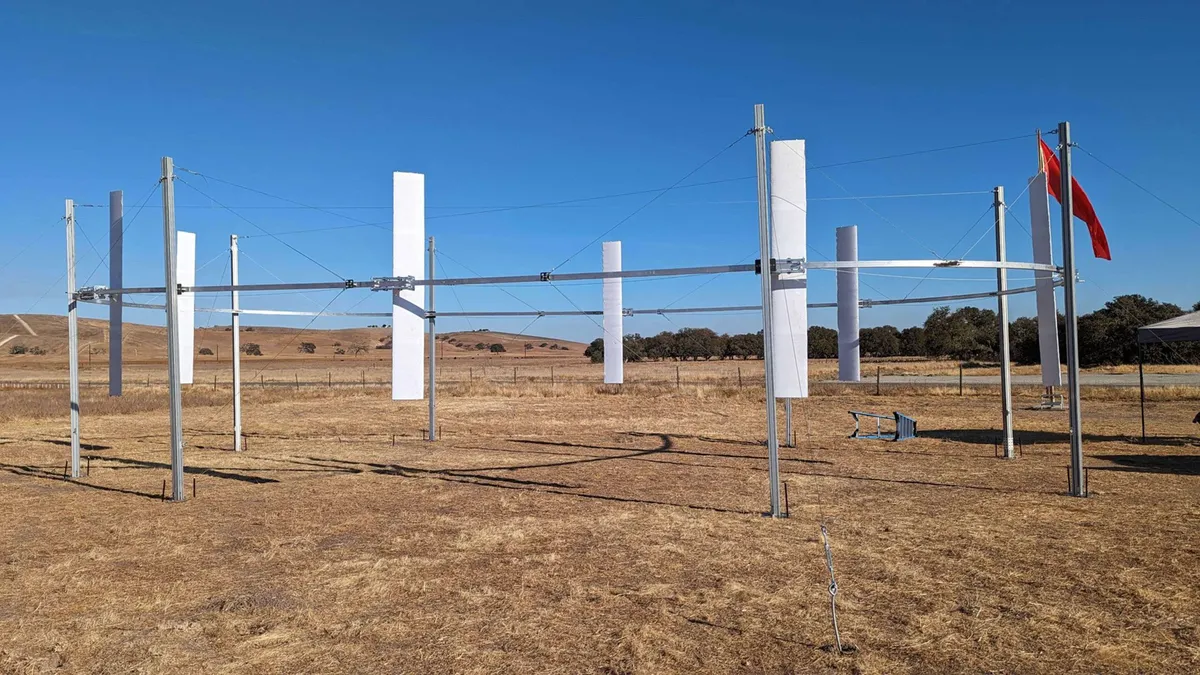Eric Rubinstein is the executive vice president and chief investment officer for Leyline Renewable Capital.
The Inflation Reduction Act has been hailed as a game changer by clean energy advocates across the country, and rightfully so. It includes a wealth of funding in the form of investment and production tax credits for renewable energy, grants for manufacturing facilities, loans for new businesses, and much more.
There is also a key clean energy measure that was included in the IRA that gets less press: clean energy tax credit transferability. It’s a wonkier subject than the other measures, but it could have a more significant impact by reshaping construction and permanent capital formation for a large part of the renewable market.
The U.S. has had federal investment tax credits for renewable energy since Congress enacted the Energy Policy Act of 2005. Nearly 20 years and about 100 gigawatts of solar later, the U.S. has established an industry with a workforce greater than 250,000 and the foundation for more impact. This growth has occurred year after year despite tax credit monetization being one of the more burdensome financial constructs to source, close, maintain and exit from.
Renewable projects are much like any other infrastructure project. A developer will spend upfront cash to cover costs across land or property leases, engineering, permitting and grid interconnection. The developer will then find some combination of debt and equity to finance the construction and long-term ownership of the project. They can then realize fairly fixed returns on the basis of the underlying contracts that they have entered
Because federal investment tax credits were historically non-transferable, there’s the added wrinkle for renewable energy developers in the form of “tax equity.” Essentially, developers need to find financial investors with the tax appetite (i.e. taxable profits in the United States) to offset with the investment tax credit. The developer then needs to bring that investor in as an equity participant on the project. For many projects, this tax equity was a replacement to traditional equity so there are a material number of projects currently operating that have no at-risk equity in them, only equity that is primarily earning its return from the value of the tax credits.
That can be a great capital stack, but there are several challenges with this approach. For smaller developers, they may not have the relationships in place to find tax equity investors. Moreover, there are several hidden costs: tax equity requires complex ongoing accounting, adds significant transaction costs and time to the project, and can require a take-out with debt after several years of operations, opening the project up to interest rate risk, more expenses, and yet more time spent on financial engineering. All that time typically takes developers, particularly smaller developers, away from their core business of truly developing.
Now that transferability exists for federal tax credits, financiers can unlock the tax equity portion of the capital stack to further fuel early-stage project development. Here’s how it can make a difference:
Cash for development or construction: Financiers can now provide loans against future tax credit monetization, which can raise project-level capital without the need for an equity participant under a conventional construction loan. Developers can wait to monetize the tax credit after the project is placed in service.
Avoided tax equity uncertainty: Structured tax equity financing can interfere with and delay construction financing and getting a project to the notice to proceed stage. With transferable tax equity, a financier can raise capital faster by unlocking another portion of the capital stack, often allowing projects to avoid delay penalties in their core contracts.
No project-level tax investor buyout: Developers can avoid the difficult process of tax investor buyouts down the road. Financiers can aggregate tax equity and find investors that are willing to take on entire portfolios at a time.
Better economies of scale: Transferability unlocks more velocity, economies of scale, and new fundraising opportunities for developers. The IRA will likely unlock the next generation of Independent Power Producers, just as the 1603 cash grant from the American Recovery and Reinvestment Act of 2009 helped small developers become massive long-term owners of projects just ten years ago.
Overall, there’s no doubt that the budget for clean energy tax credits from the IRA will spark an incredible, and needed, impact to the utility grid. Now that the tax incentives are transferable, we hope that there is even more volume, higher development velocity, and lower transaction costs for every project. Short of paying incentives out in the form of a direct check to project owners, this relatively simple structural change to the law can still make a big impact.






















